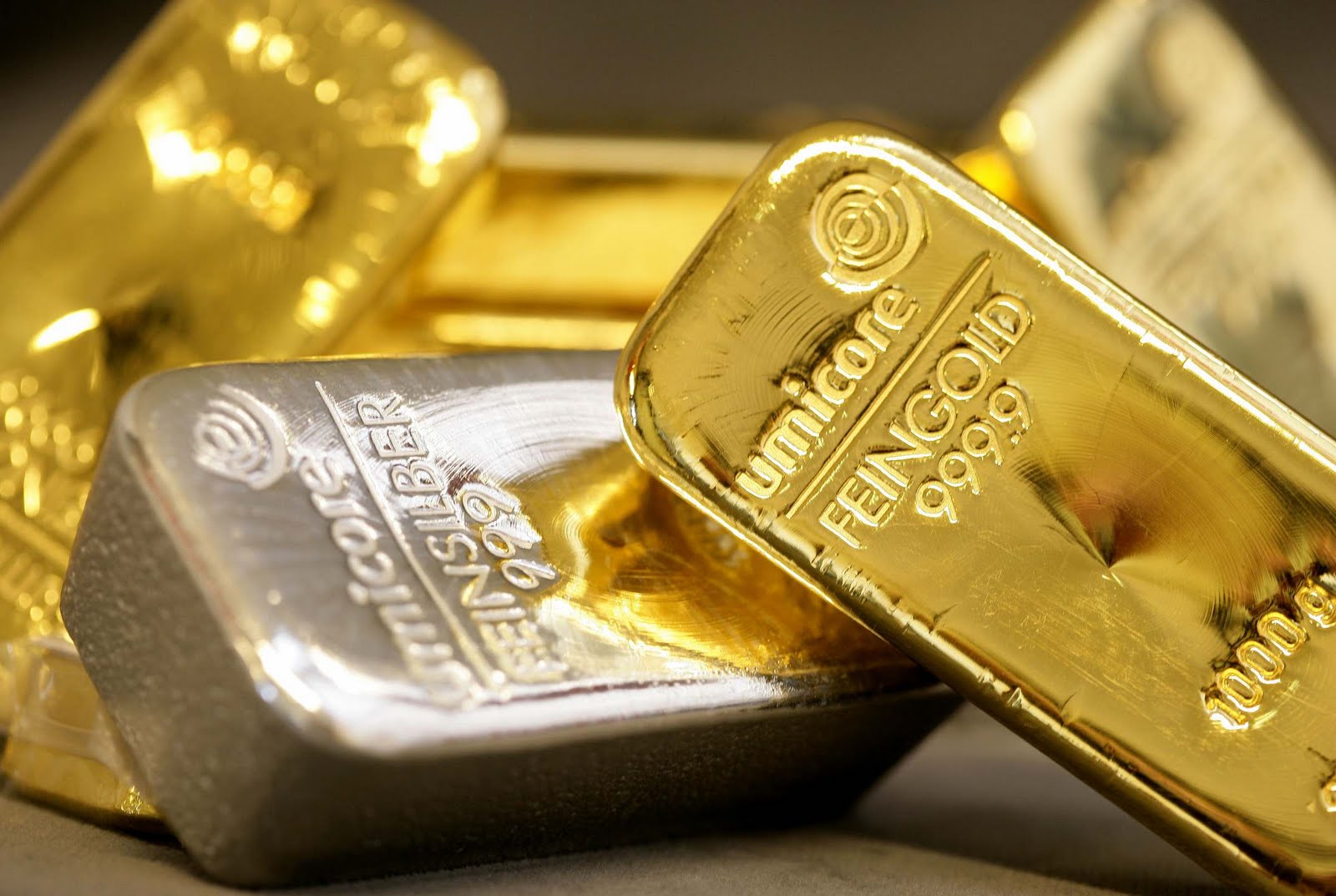Three Factors That Could Hamper Gold’s Recovery in 2014
By Tony Davis
Posted: 8th January 2014 08:58
Gold has grabbed the headlines thus far in 2014 and appears to be headed toward a positive year, with an increase of nearly 2.5% at the time of this writing. This is following a year in which the price of gold had its worst performing year in 32 years. While we believe that the stars are aligned for a positive year in the precious metals market, due in part to high mining production costs, a declining dollar and strong foreign demand for gold, it’s possible that gold could experience another lackluster year. In this article, we’ll discuss three factors that could help to keep the price of gold in check during 2014.Inflation
Historically speaking, accommodative monetary policies by the Federal Reserve have helped to reduce interest rates, translating into increased lending activity. Increased lending typically results in higher inflation rates due to the fractional reserve system, under which banks are only required to maintain US$1 in reserves for every $9 that they lend. While the increase in the Federal Reserve’s monetary base over the past five years can be viewed as hyperinflationary (approximately $800 billion to $3.8 billion), which is displayed in the St. Louis Adjusted Monetary Base (BASE) graphpublished by Federal Reserve Bank of St. Louis, the velocity of money has remained in check.
While the abovementioned graph shows a nearly parabolic rise in the monetary base, the velocity of money, as can be seen in the Velocity of M1 Money Stock (M1V) graphfrom the St. Louis Federal Reserve, is anything but.
What you’ll notice is that the velocity of money is not keeping pace with the increase in the monetary base. This is as a result of the poor lending environment at the moment. Even though banks are much better capitalised than they were following the 2008 recession, lenders are concerned with the potential of default and would prefer to park their excess reserves at the Federal Reserve earning 25 basis points a year with essentially no risk.
If banks begin to lend, the velocity of money will increase, and we’ll see higher inflation rates. Until that time, inflation will likely be kept in check (currently at 1.2% a year), which means that gold demand for the purposes of serving as an inflation hedge won’t be needed.
Unemployment
The unemployment rate, or health of the job market, has been a primary driver in the price of gold over the past few years. As is the case with the dollar, the unemployment rate and performance of gold tend to be inversely related. The official unemployment rate, as measured by U-3, dropped in November 2013 from 7.3% to 7%. While the actual unemployment rate, which is measured by U-6, and takes into account underemployed, part-time, and discouraged workers, is much higher at 13.2%, it’s the government’s U-3 number that moves the meter. If the unemployment rate continues to drop, this could be viewed by investors as a sustained improvement in the strength of the economy, which will likely cause the dollar to strengthen and the price of gold to drop. However, a hiccup in the monthly reported unemployment rate could cause the price of gold to spike.
Stock Market
The stock market, as measured by the S&P 500, had a stellar year in 2013, as evidenced by a gain of 29.6%, which is the biggest jump since 1997. The Dow also closed above 16,000 for the first time ever, and currently sits at 16,470. While we believe that the strong performance in the stock market was primarily as a result of the Fed’s loose monetary policies and targeted Fed Funds rate of 0%, there’s no doubt that the stock market is grabbing all of the headlines as of late. If the stock market continues to perform well and inflation remains in check, gold likely won’t be viewed as a safe harbour or as an inflation hedge, which are two primary reasons for investing in the yellow metal. However, if the stock market stumbles during the year, which may be caused by poor earnings reports or a reversal of the Fed’s loose monetary policies, gold may once again rally as a safe haven to an otherwise uncertain market.
Conclusion
We have seen a nice rally in the price of gold during 2014, but believe that there are three primary factors that could disrupt its positive performance. Thus far, the massive increase in the Fed’s monetary base has had little to no impact on the inflation rate. In fact, the inflation rate currently sits at 1.2%, which is below the historical average. Inflation could remain in check for the foreseeable future, which could put a damper on gold’s rally. Secondly, we have seen the official unemployment rate drop by nearly 1% over the past year. If it continues to drop, any upside potential in the price of gold will likely remain restrained. Lastly, a strong performance in the stock market in 2014, if not caused by an increase in the inflation rate, will likely reduce the need for gold as a safe haven investment.
Tony Davis is the owner of Atlanta Gold & Coin Buyers, a full service Atlanta based coin and bullion dealer specialising in buying, selling and appraising coins and coin collections of all types and sizes. Visit his website at www.atlantagoldandcoin.com for additional information on the products, services and educational resources offered by his company. Tony can be reached at sales@atlantagoldandcoin.com or at 404-236-9744.




Comments